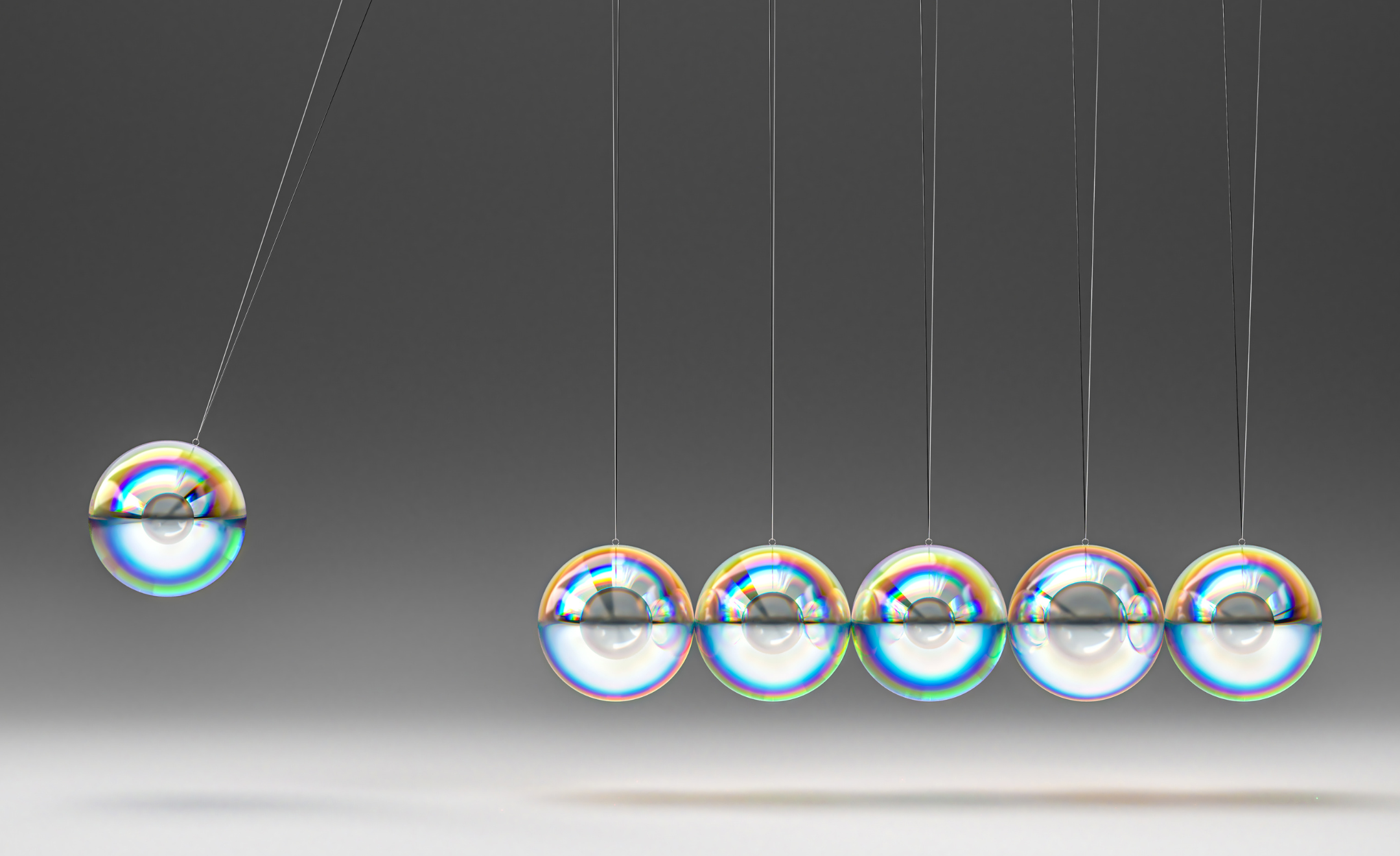
Tired of personality assessments that just tell you what you already know? FEBI, the Focus Energy Balance Indicator, takes a revolutionary approach to understanding your behavior, going beyond mere awareness and offering a pathway to real change.
Imagine a tool that not only reveals your unique blend of energy patterns – Driver, Organizer, Collaborator, and Visionary – but also unlocks the secrets of your body’s natural movements and how they influence your thoughts, emotions, and actions.
FEBI is more than just another personality test. It links the mind and the body. It is a bridge between the physical and the mental, offering a holistic understanding of your unique energy patterns.
Beyond the Ordinary
FEBI builds upon decades of research, tracing its roots back to the pioneering work of Josephine Rathbone and Dr. Valerie Hung, who studied the intricate relationship between muscle groups and the nervous system. They observed how different muscle groups interacted and how these interactions were connected to individual temperament. Betsy Wezig’s groundbreaking work on Coordination Patterns further illuminated the connection between movement, emotion, thought, and action. She described how opposing muscle groups are coordinated in motion and how this coordination influences our emotions, thoughts, and actions.
Dr. Ginny Whitelaw and Mark Kiefaber took these insights to the next level, developing FEBI as a powerful assessment tool that helps you understand your innate energy patterns and how they impact your daily life. They recognized the potential of applying this understanding to personal development and creating a tool that could help individuals achieve greater balance and well-being.
The Power of Body-Mind Integration
Unlike traditional assessments that focus solely on awareness, FEBI empowers you to “train your body to train your mind.” By understanding how your energy patterns manifest in your body, you can unlock new pathways to growth and change. Imagine the potential of using targeted breathing exercises, specific sports, and tailored activities to activate and strengthen your desired energy patterns.
For example, if your preferred energy pattern is Driver who struggles to be patient and flexible, FEBI can help you identify the specific body movements and breathing patterns that activate your Collaborator energy. By practicing these movements and breathing techniques, you can begin to rewire your neural pathways and create new habits that support a more collaborative approach.
From Description to Prescription
FEBI doesn’t just tell you what you are; it shows you how to become who you want to be. It provides a roadmap for change, offering personalized recommendations to help you cultivate new behaviors and achieve your goals.
Instead of simply labeling you as a “Driver” and leaving you to figure out how to change, FEBI offers specific, actionable steps. It might suggest incorporating activities that promote flexibility and adaptability, such as yoga or dance, or recommend breathing exercises that help you calm down and access your Collaborator energy.
Embrace a New Language of Change
FEBI shifts the focus from labeling your “type” to exploring the most effective energy patterns for different situations. It encourages you to think creatively about how to activate the energy you need, empowering you to embrace a more flexible and adaptable approach to life.
For instance, instead of thinking “I’m a Driver, so I’m always going to be direct and assertive,” FEBI encourages you to ask, “What energy pattern would be most effective in this situation?” If you need to collaborate with others, you might choose to activate your Collaborator energy, even if it’s not your default pattern.
Unlock Your Inner Balance
FEBI’s emphasis on mind-body connection helps you achieve a deeper sense of balance and well-being. By aligning your energy patterns with your desired outcomes, you can reduce stress, enhance your performance, and unlock your full potential.
When you understand how your energy patterns manifest in your body and how to activate different patterns, you gain a powerful tool for navigating the challenges of daily life. You can learn to manage stress more effectively, improve your communication skills, and build stronger relationships.
Ready to discover the power of FEBI? Test drive it with our mini-FEBI assessment and embark on a journey of self-discovery and transformation. You’ll be amazed at what you can achieve when you understand the interconnectedness of your mind and body.
(This article is an expanded and enriched edition of an original 2019 post)

